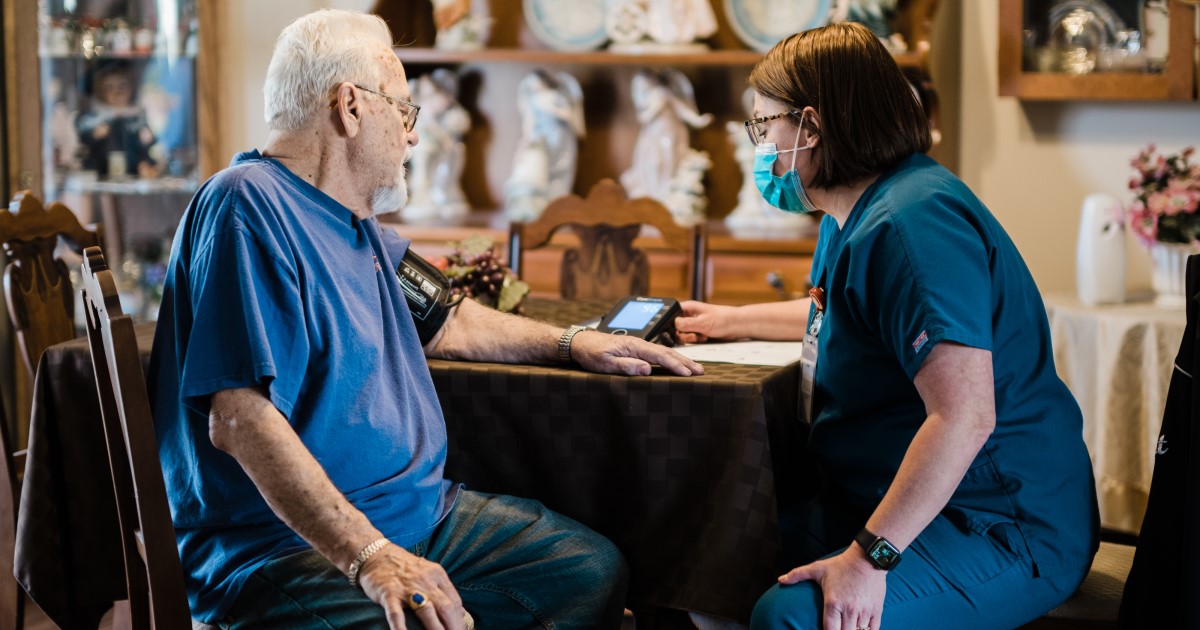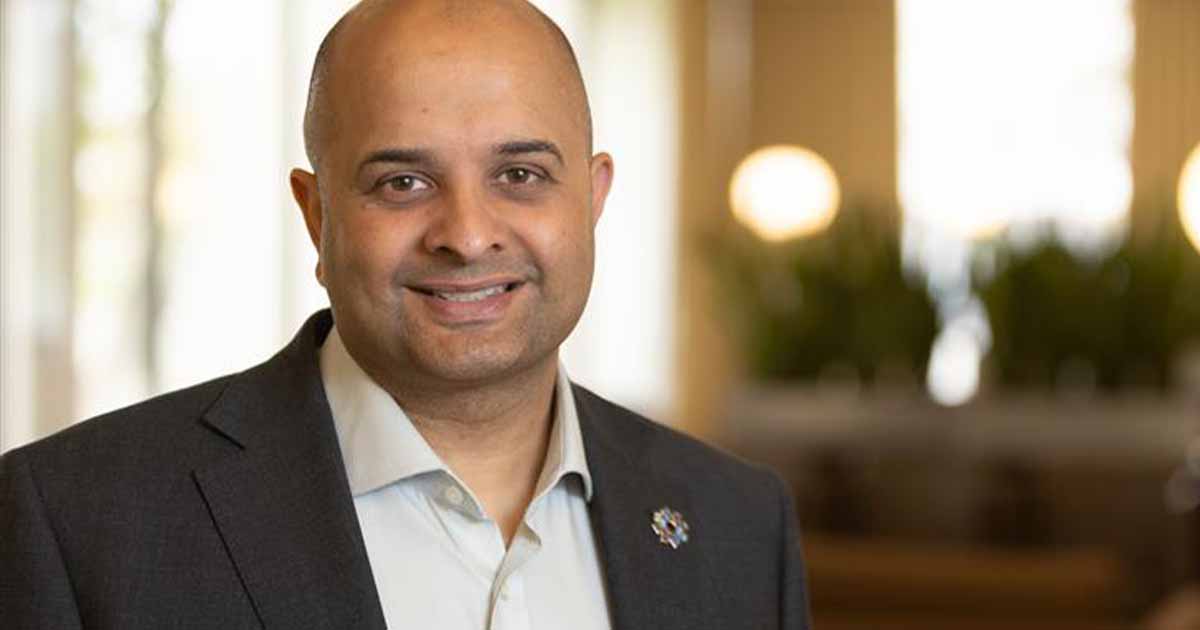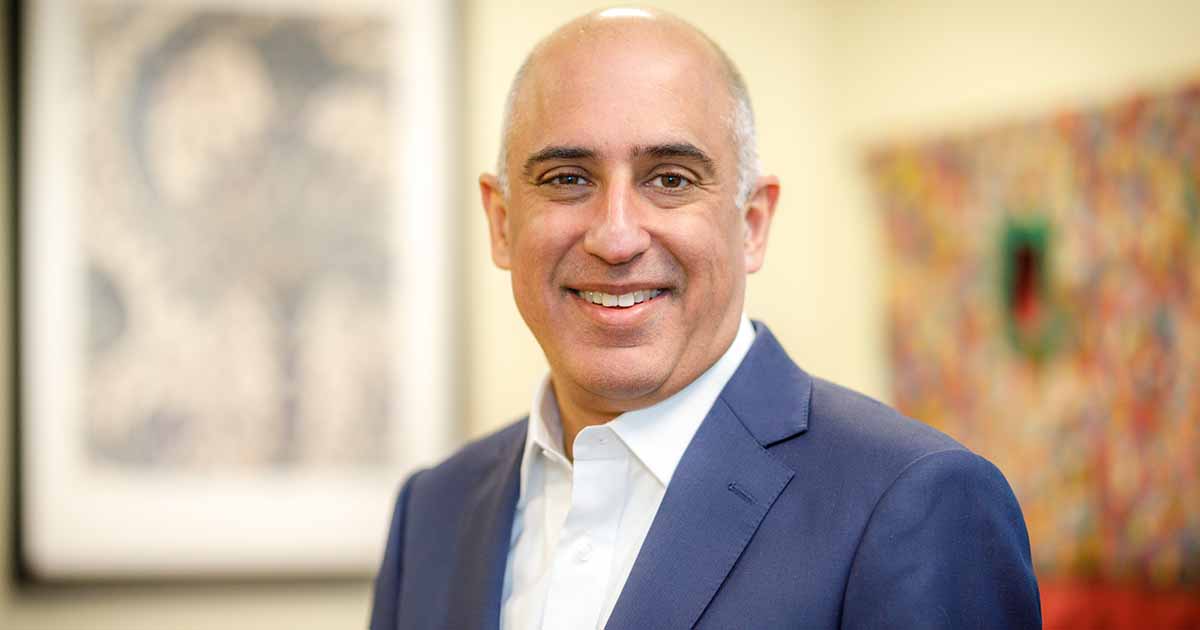Ardent Health’s first CDIO, a nurse, on the value of ‘human-centric’ technology
Nashville-based Ardent Health includes 30 hospitals and more than 280 sites of care in six states, including Idaho, Kansas, New Jersey, New Mexico, Oklahoma and Texas. It’s a large organization, so when it was looking for its first digital chief, it knew it needed a pro who could keep a lot of plates spinning at … Read more








